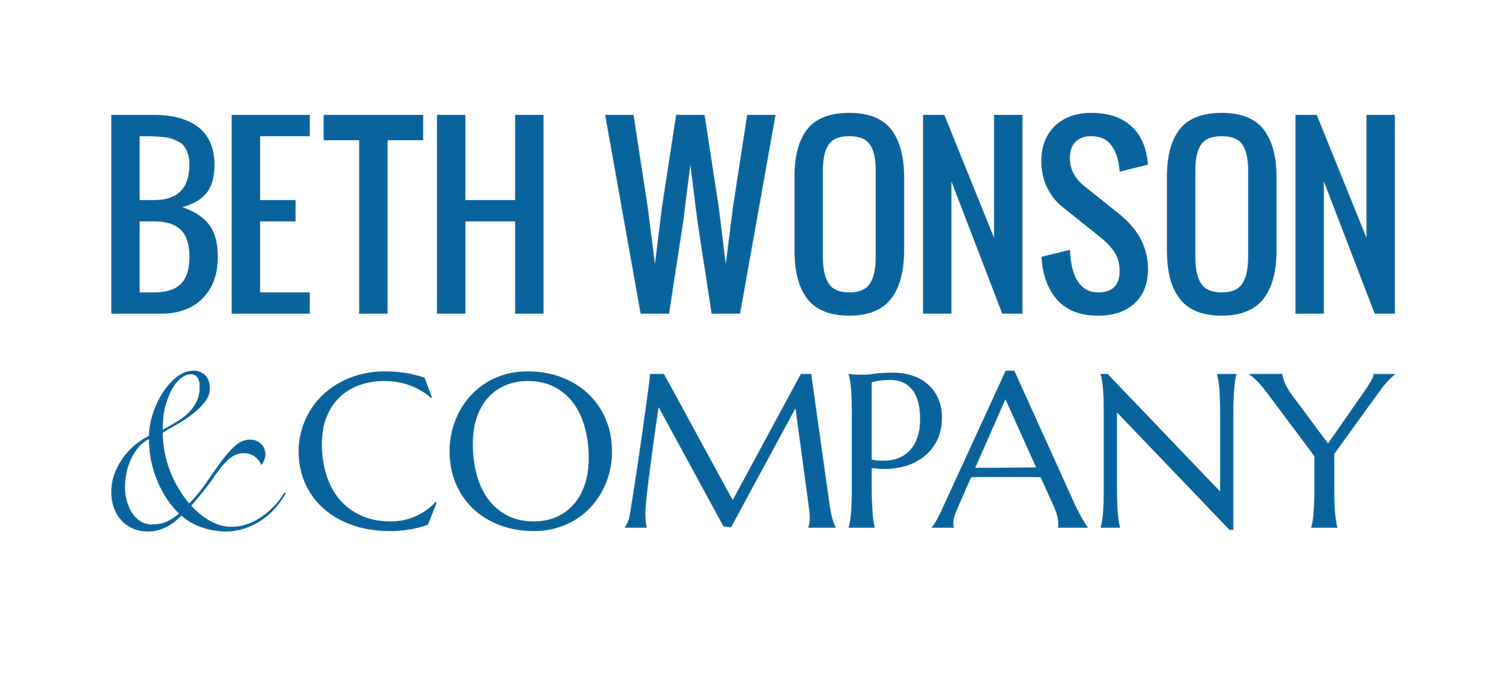Navigating the Growth Phases of Nonprofits and Their Boards
This is part of 1 of 2 in a series I’m doing, From Working to Governing: Transforming Your Nonprofit Board.
When I work with nonprofit Executive Directors, I most commonly hear about these 3 persistent challenges with their boards:
Board members who physically show up at meetings but don't truly engage in ways that advance your mission.
Board members who avoid fundraising at all costs
Board members who create chaos by inappropriately diving into day-to-day operations
These issues aren't just frustrating—they can seriously hinder your organization's growth and impact. But before we address solutions, let's clarify what board members should actually be doing.
At their core, board members have three fundamental responsibilities:
Maximizing and optimizing your organization's mission
Supporting the Executive Director with wisdom, perspective, and connections
Ensuring the organization operates within its bylaws and legal frameworks.
The disconnect often happens because of how nonprofits evolve. Most people join boards because they're passionate about the cause. In a startup nonprofit with no staff, board members naturally become "working boards" that handle everything from stuffing envelopes to planning events.
The problem? As organizations grow, boards must transition from doing the work to governing—and this shift is where many nonprofits struggle.
The Growth Phases of Nonprofits and Their Boards
Every successful nonprofit moves through three distinct development phases, each requiring different board competencies:
Start-Up/Launch Phase
Running primarily on founder energy and vision.
Limited funding from personal sources or small grants.
Minimal formal structure or governance.
Board members handling day-to-day operations.
Focus on proving concept and demonstrating initial impact.
Growth/Oversight Phase
Professional staff becomes necessary.
Board roles shift from doing work to providing oversight.
Funding diversifies beyond initial sources.
Systems develop for program delivery and evaluation.
Strategic planning becomes critical.
Board focus changes to supporting and evaluating leadership.
Maturity/Institutional Phase
Stable, diverse funding (possibly including endowments).
Professional management team with specialized roles.
Focus on measuring and demonstrating significant impact.
Potential for scaling or systems-level change.
Board's primary function: ensuring sustainability, fundraising, and strategic direction.
The challenge? I frequently work with organizations that are 10 or even 20+ years old that still have board members operating with a Start-Up Phase mindset. When fundraising comes up, eyes dart away, and you hear excuses like, "But I volunteer at the gala!" or the more direct, "If fundraising becomes required, I'll step down."
These are wonderful, passionate people—but depending on your organization's current phase, they may not be the board members you need now.
Asking a board member to step down to make room for someone who is willing to engage in fundraising never feels great. But nonprofit leaders must find the courage to work alongside their board chair or president to have tough conversations about transitioning to make room for people who are willing to do the work of bringing donors to the table.
In the next email, Part 2, I discuss facilitating necessary board transitions.
If your board is struggling with alignment, impact, or engagement, let's talk. This is exactly the kind of transformation I help organizations navigate every day.
Book a call with me and let's get your board working at their highest level.
